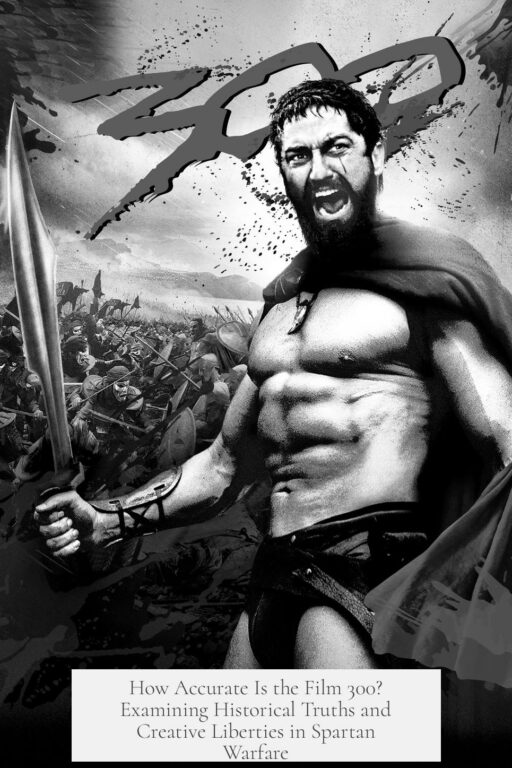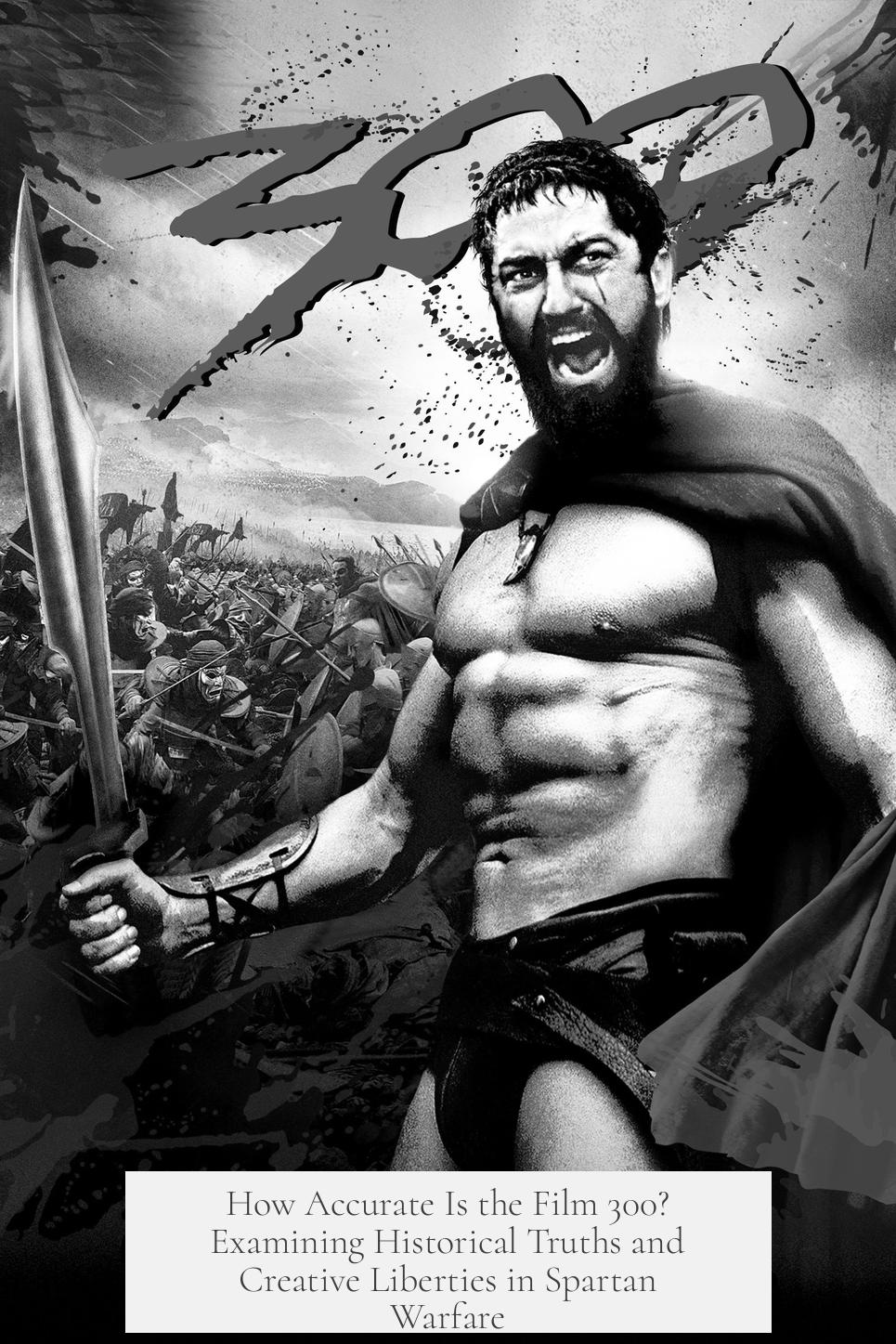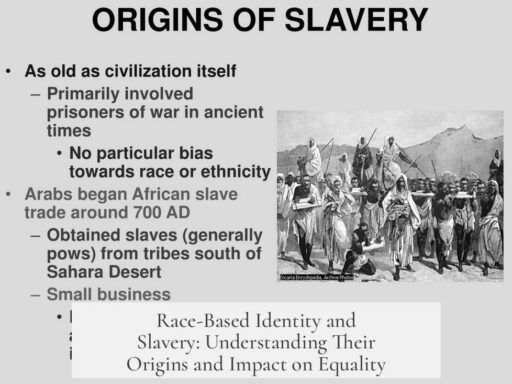The film 300 captures key historical facts such as the presence of 300 Spartans led by King Leonidas fighting at the Battle of Thermopylae, as well as the subsequent Persian defeat at the Battle of Plataea the following year. It also vividly depicts combat techniques like the hoplite push (*othismos*), offering one of the more realistic portrayals of ancient Greek warfare in cinema.
Despite these accurate elements, 300 heavily relies on Spartan propaganda and introduces many questionable historical elements. The motivational slogans featured—such as “Come and get them!” or “Then we shall fight in the shade”—are largely implausible and appear designed to glorify Sparta rather than reflect factual dialogue. For example, there is no verified source confirming Leonidas intended his stand as a deliberate suicide mission; such a strategic mindset is unlikely and possibly a dramatic invention.
The film also omits crucial historical realities. The broader Greek coalition included many allies, but several Greeks fought alongside the Persians, facts which the movie ignores. Spartans, though celebrated, were a small minority within the overall Greek forces. Ancient historians, like Herodotus, focus primarily on Spartans, reflecting biased reporting rather than complete historical coverage.
Many characters and events in 300 are fictional. The characters Dilios and Ephialtes do not appear in historical accounts and serve narrative and thematic roles unique to the movie. Moreover, the film misrepresents who betrayed the Greeks by showing Ephialtes as the informant. Historically, it was quislings from Trachis who guided Persians around Thermopylae.
300 includes problematic artistic choices that distort ethnic and cultural realities. The portrayal of Persians as black-skinned and Xerxes as a towering figure is not supported by historical or archaeological evidence. Priests opposing Leonidas’ departure are shown as disfigured monsters, which is a creative but misleading depiction. These choices reflect underlying agendas related to racism, eugenics, and secularism found in the source material, particularly from the graphic novel author Frank Miller.
The film downplays the contributions of other Greek city-states, especially Athens. Historically, Athens played an equally vital role in resisting the Persian invasion, winning key naval battles that shifted the war’s momentum. Additionally, while 300 highlights Spartan discipline and fighting prowess, it neglects that all combatants used armor extensively. The Spartans’ dominance owed significantly to superior armor and training rather than mythical heroics alone.
The film’s hyperbolic style overshadows realistic settings. It takes place on Earth, but the presentation exaggerates and dramatizes events beyond historical facts. Much of the imagery and character actions are inventions meant to enhance the narrative’s epic feel rather than maintain fidelity to history.
| Aspect | Film Accuracy |
|---|---|
| Number and role of 300 Spartans | Accurate; historical fact |
| Battle of Plataea outcome | Accurate; Persian defeat confirmed |
| Omission of Greek allies on Persian side | Inaccurate omission |
| Characters like Dilios and Ephialtes | Fictional creations |
| Portrayal of Persians and Xerxes | Inaccurate racial and physical depiction |
| Use of Spartan slogans and quotes | Propaganda and dramatization |
The film 300 balances kernels of historical truth with extensive fictionalization and selective omissions influenced by propaganda and artistic agenda.
Key takeaways:
- The 300 Spartans and the Battle of Thermopylae are historically valid foundations.
- Many characters and plot points in 300 are inventions or dramatic exaggerations.
- The film omits significant aspects, such as Greek allies on the Persian side and Athens’ major role.
- Persian depiction in the film involves racial and physical distortions not supported by evidence.
- Combat representation like the hoplite push is one of the film’s few realistic elements.
- 300 serves more as a stylized interpretation inspired by Spartan propaganda than an exact history.
How Historically Accurate Is the Film 300? A Deep Dive Beyond the Stylized Bloodshed
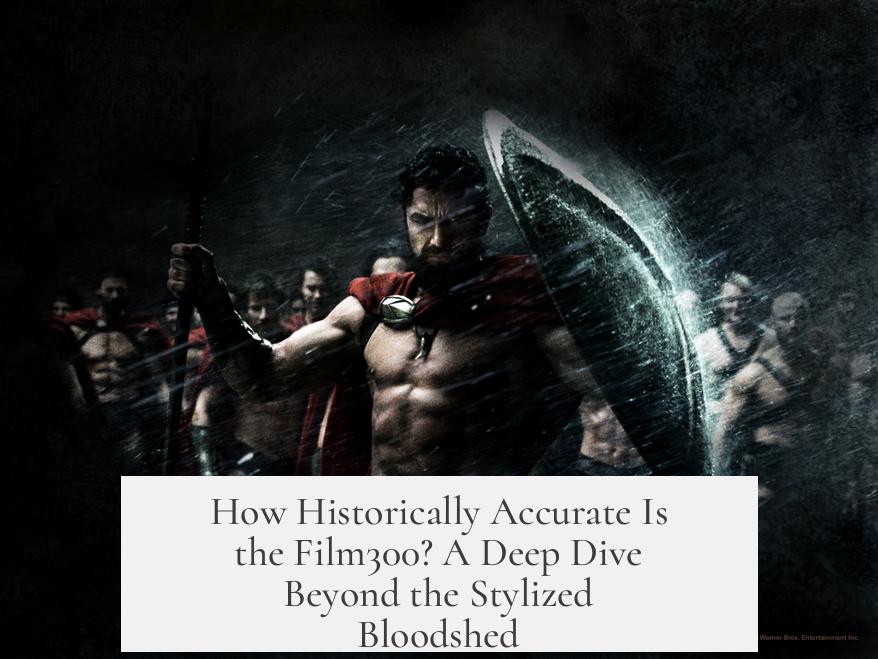
If you expect Frank Miller’s 300 to be a history documentary, you’re in for a bumpy ride. Sure, 300 gets some basic facts right, but the movie’s wildly exaggerated imagery and story often veer far from what really happened at Thermopylae. Let’s separate the Spartans’ legendary grit from the Hollywood glitz.
The film is famous for its eye-popping visuals, hyper-muscular heroes, and cinematic slow-mo battle sequences. But how does this sci-fi infused retelling hold up historically? Let’s break it down.
A Solid Foundation: The Few Facts That Stick
First, the basics: it is true that 300 Spartans, led by King Leonidas, fought and died at the Battle of Thermopylae in 480 BCE. They held off the Persian invasion against Xerxes’ massive army. This battle is one of history’s classic tales of valor.
The next year, an equally significant clash happened at Plataea, where the Greek coalition soundly defeated the Persian forces. The movie avoids delving into this but acknowledging it reminds us that Thermopylae was just one chapter.
And for historians, the film’s depiction of the “othismos”—the intense pushing and shoving of hoplite soldiers—is surprisingly close to reality. Cinematic battles often lack this gritty melee chaos, but 300 nailed it.
Where Spartan Propaganda Starts to Squeeze Historical Truth
Here’s where things get sticky. Much of the dialogue feel like Spartan pep talks lifted straight from propaganda manuals. Catchy slogans like “Come and get them!” and “Then we shall fight in the shade” are likely invented or exaggerated to elevate Sparta’s image.
The movie also frames Leonidas’ stand as a deliberate suicide mission. This is questionable because a general with a death wish is not a practical general. Plus, with all those warriors dead, how could anyone know the detailed plan? Suspicious, right?
Historically, Spartans often commissioned poets like Simonides to spin victories—and losses—to enhance their political clout. The film channels this mindset: Sparta as the ultimate heroic underdog, conveniently shadowing Athens and other Greek city-states.
What the Film Skips: The Full Greek Picture Is Missing
One glaring omission is the role of other Greeks. Believe it or not, many Greeks fought alongside the Persians, while Spartans were just a small minority in the Greek army at Thermopylae. Yet, the film focuses tightly on the Spartans alone.
Herodotus, the ancient “father of history,” knew all the Spartan warriors’ names but ignored their allies like the Thespians or Thebans. Clearly, old-school Spartan favoritism wasn’t just in storytelling but also in ancient reporting.
Meet Dilios and Ephialtes—Totally Fictional Stars

The movie invents characters like Dilios, the Spartan storyteller, and Ephialtes, the traitorous outcast. These guys add drama but don’t appear in historical records. Also, the guide who betrays the Spartans wasn’t Ephialtes but some locals from Trachis, northwest of Thermopylae.
Problematic Portrayals: When Art Meets Agenda
Perhaps the most controversial aspect is the film’s portrayal of Persians. Xerxes is shown as a towering, exotic figure, and the Persians are lumped in with racial stereotypes inconsistent with historical or modern Iranians. The movie even turns Persian priests into grotesque monsters.
These choices seem less about history and more about modern ideology. Frank Miller’s themes dabble in racism and eugenics, casting an ideological shadow over his artistic vision.
What the Movie Nearly Ignores: Athens and Real Armor
Athens played a *huge* role in fighting off the Persians, arguably more crucial than Sparta after Thermopylae. The film sidelines this fact completely. And no, the warriors didn’t fight half-naked with little shields. Everyone wore heavy armor—Spartans’ superior armor gave them an edge in battle.
Is Anything Realistic in This Fantasy War?
300 is set on Earth, so at least the battlefield exists. Beyond that, most historical details are “Hollywoodized” to the max. The hyperbolic visuals and simplistic good-versus-evil narrative don’t hold up under scrutiny.
Summary: What You Should Take Away
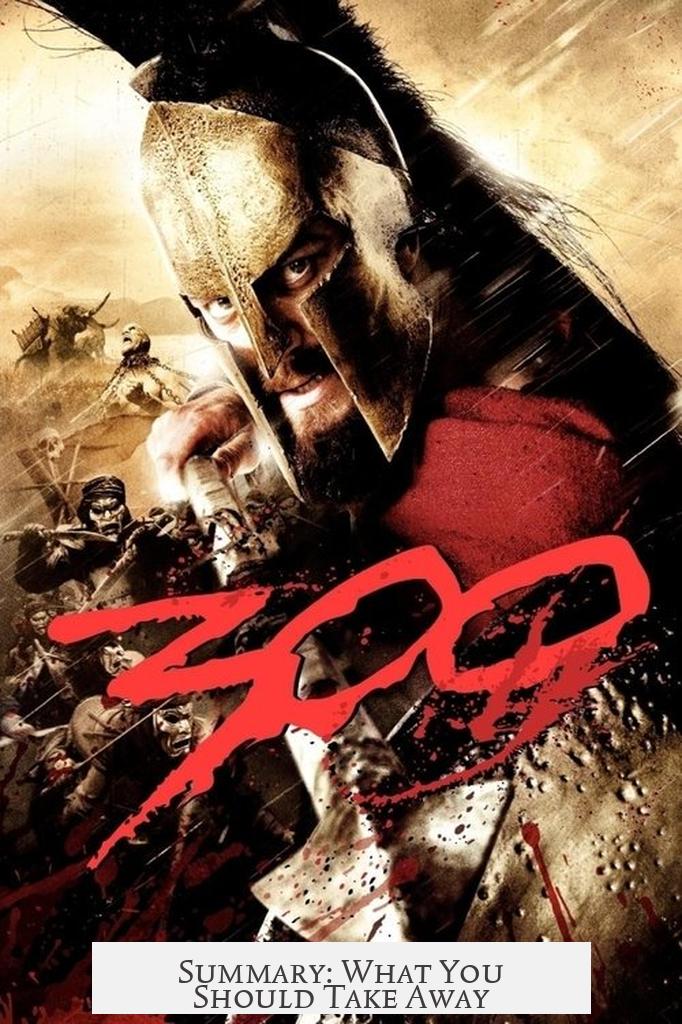
So, how historically accurate is the film 300? It gets some key facts right but twists most of the story to fit Spartan propaganda and modern themes. The real Spartans were brave, but the movie’s characters, speeches, and even some events are made up or distorted.
If you want truth over testosterone, treat 300 as more myth than history. But if you’re here for epic battles and a visual feast, it delivers—just don’t mistake it for a history text.
Practical Tips for History Buffs and Movie Fans
- Read Herodotus: His accounts, despite biases, remain the best primary source on Thermopylae.
- Remember the Bigger Picture: The Persian Wars were a series of campaigns where Athens, Sparta, and many other city-states played roles.
- Appreciate the Film as Art: Enjoy the stylized fight scenes, but question the facts behind them.
- Know the Real Spartan Symbolism: The “Come and get them!” phrase was actually shouted by King Leonidas—a proud fact, but likely less catchy than the movie’s lines.
In conclusion, 300 captures the raw spirit of heroic sacrifice but not the full, nuanced truth. And that’s OK—sometimes history needs a little Hollywood to keep the legend alive.
